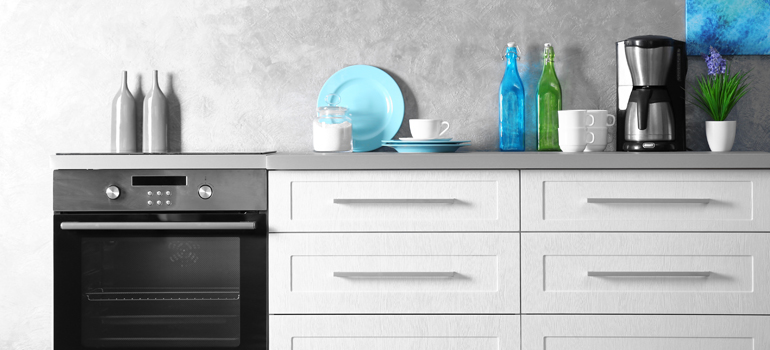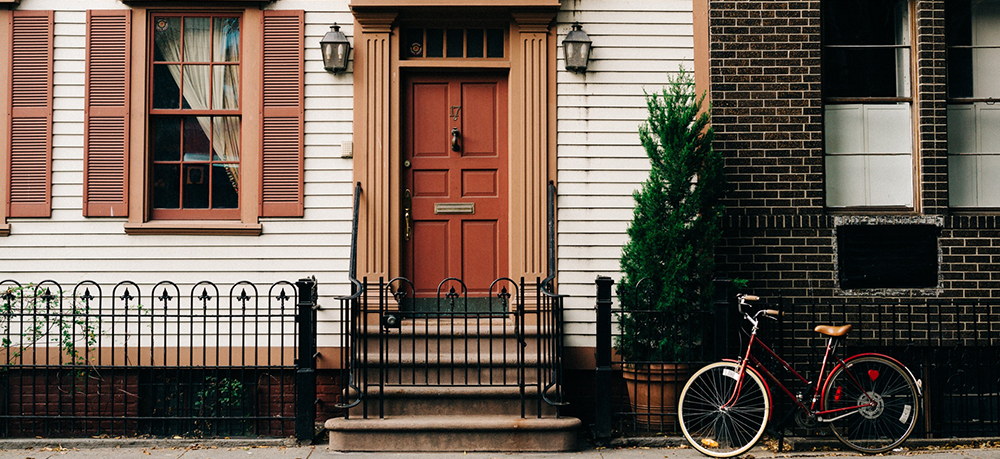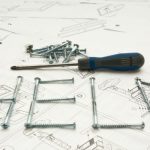
Depending on your geographical location, earthquakes can vary from a mild nuisance to a life and death matter. If you live in a zone that’s often threatened by serious earthquakes, you have to be prepared to save the lives of the people at your household, and with some luck – suffer less property damage.
Table of Contents
How to Prepare for an Earthquake
In order to be prepared for the worse, there are a few elementary things you can do that can serve you long term.
- Make an emergency plan. An emergency plan can be the pathway you and your family need to take in order to get to safety. Usually, public buildings have one of those on every floor, showing a layout of the interior with well marked safe exit points. The pathway may lead to the outside, or to a shelter inside your home. It’s up to you to figure out which one would be the safest. Do a rehearsal drill every month to make sure everyone remembers what to do.
- Prepare an emergency supply kit. Getting to safety is one thing, but in order to be prepared for the second worse case scenario of losing your property (the first being fatal physical injury), it’s a good idea to prepare an emergency supply kit to sustain you and your whole household for at least a few days. The supply kit should include essentials like dry, non-perishable food, water, medicine, first aid kit, copies of important documents, flashlight, batteries, a radio. The kit should be placed on an easily accessible place.
- Learn about your home utilities. In case of partial damage to your home, the first thing you have to do is turn off all utilities. Power outages, flooding and gas leaks can cause additional damages, not to mention they could pose a threat for members of your home. Know how to switch off everything, and make sure your whole family knows it as well. It’s a good idea to also have a fire extinguisher at hand.
- Get insured. Earthquake insurance is one of the first things you have to do if you’re buying a home in a dangerous area. The coverage can deal with repairs and rebuilding of damaged parts.
- Learn first aid. Giving first aid to an injured person might be what saves their life until the ambulance arrives.
Need a Handyman?
Enter your postcode to view our rates and availability in your area.
For questions about the services we offer visit our main site or you can always call us at 020 3404 4045
How to Make Your Home Safe from Earthquakes
Here are a few pointers on being even more prepared for the inevitable. In the case of a non-dangerous earthquake, here is how you can deal with certain inconveniences.
- Make the outside environment safe. This will most likely include trimming tree branches, or even cutting whole trees, since the first thing that might happen during an earthquake is having a tree break your window. You can also move larger garden decoration away from the structure of your home.
- Reinforce foundations and ceilings. Use concrete or plywood sheathing to keep it stable and not giving in under the pressure of falling objects.
- Inspect for weak spots. Sometimes the structure might have weak spots that are invisible for an untrained eye. For this, you might call a professional inspector to point out the places that need additional reinforcement.
- Use round corner windows. When an earthquake hits, the frames of the windows will most probably shift and the pressure can easily crack rectangular windows. However, round corner windows can survive a lot easier.
- Install brackets on large furniture and appliances. Inside the house, your furniture will shift from the shaking, so the best you can do about it is to keep it in place. Large furniture, such as bookshelves, or appliances, like washing machines and dishwashers can use standard metal brackets on the edges and keep still.
- Place rubber straps. In the case of bookshelves and other tall furniture that keeps books and other heavy items, you can use rubber straps to keep them from falling down.
- Use putty to keep shelf stuff still. In the case of a simple vase, for example, you can place putty on the bottom in order to stick to the surface and not fall down and break. You can find this in every hardware store. Use putty only for small objects, as it might not be strong enough to keep larger ones in place.
What to Do During an Earthquake
And, the most important thing in the whole ordeal – you. What you have to do during a devastating natural event, such as an earthquake.
- Keep calm. The most important rule is not to panic. Even when having an escape plan, in most cases, it might be safer to stay where you are.
- If you’re inside a room – duck and cover. Standing on your feet is not a good idea, as the shaking will most probably topple you over. So, drop on your hands and knees, cover your head and neck and crawl under a table. Hold the legs of the table in order to keep it firmly above your head, until the shaking stops. Make sure you’re away from glass windows.
- If you’re in a wheelchair – lock the wheels. This will keep it from wheeling in any direction. In the meantime, cover your head with your arms, a pillow, a book, or anything else you have within your reach. Wait for the shaking to stop.
- If you’re in bed – stay there and get covered. Earthquakes can shake your home during the night as well. It’s very easy to panic during the night in the dark, while you’re awoken by a terrifying shudder. Stay in bed and cover your head with pillows and wait for it to be over. Getting out of bed in this situation might only make things worse.
- If you are outdoors – move away from buildings. The farther you are from buildings, the less chance of anything falling on your head. Keep away from streetlights as well, as electrical wiring might tear and electrocute you. Stay in the open and wait for it to be over. If you’re in a big city, however, this might not be possible, so it’s better to run into the nearest building.
- If you are in a moving vehicle – stop and stay. Avoid stopping near or under buildings, bridges, trees, or street lighting. Just wait it out.
Check also:
How to Keep Your House Safe from Fire
How to Keep Your House Safe from Floods
How to Review the Damage After an Earthquake
- Inspect for structural damage. If the walls or ceiling seem unstable, immediately evacuate.
- Inspect the electrical wiring. Before turning the power on, check if there are any damages. It’s a better idea to call a specialist for this one. If you turn on the power, and there’s a zap, better turn it back off and call an electrician to fix the problem.
- Inspect for water damage. Before turning the water supply on, check for any pipe damage. After turning it on, keep inspecting and be sure nothing is leaking. If there is damage, turn it back off and call a plumber.
- Call the fire department if you’re uncertain of the safety in your home. You can just wait outside until the professionals give you green light to get back inside.
- Clean up spills from dangerous materials. If you have hazardous materials under the sink, such as bleach, or paint in the closet, or anything potentially harmful to the health, you should immediately clean it up as fast as you can. Use rubber gloves and a face mask while doing so.
Get educated and get prepared for natural disasters with the Fantastic Handyman team.
Image Source: Africa Studio/shutterstock.com




Leave a Reply